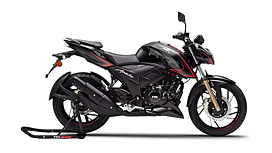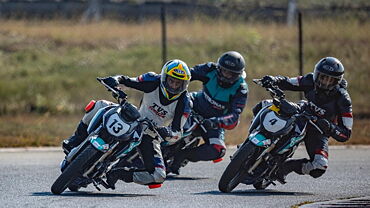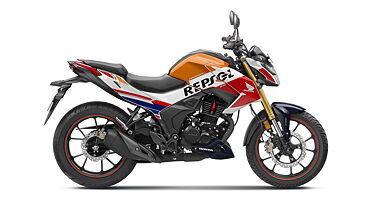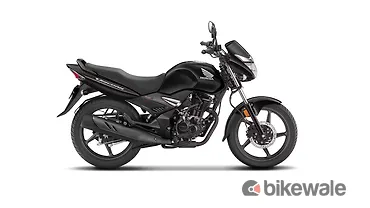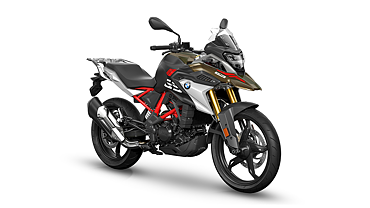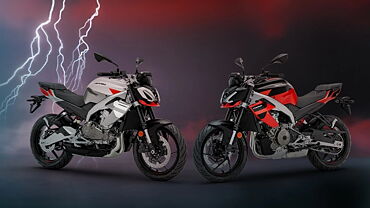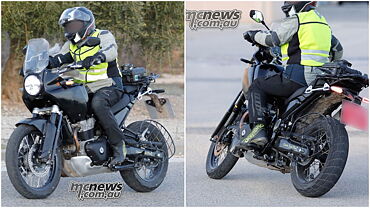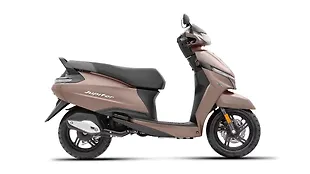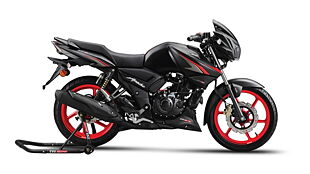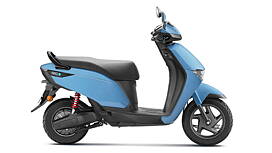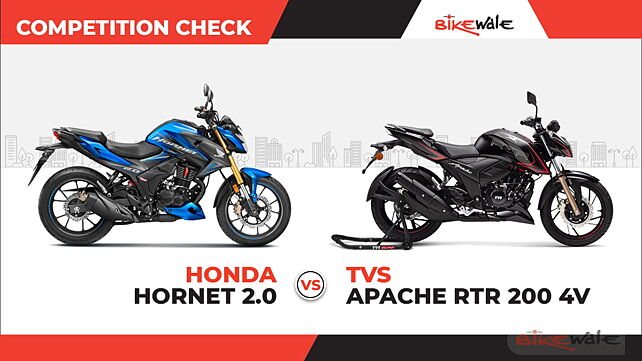
The HondaHornet 2.0 is the brand’s first offering in the 180-200cc segment in India. The motorcycle is a replacement to the CB Hornet 160R in the country and faces stiff competition from the very popular TVS Apache RTR 200 4V. In case you’re planning to buy one of these but are confused between the two, we help you out by comparing the Hornet 2.0 and Apache RTR 200 4V on paper.
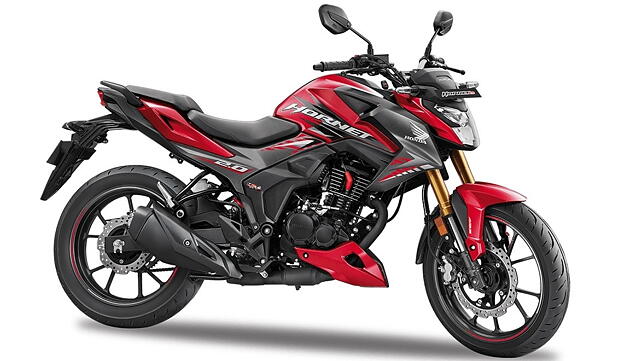
Design and Features
The CB Hornet 160R sported a muscular styling and the new Hornet 2.0 is an evolution of that. With a geometric headlamp design, muscular fuel tank with sharp extensions, a stubby tail and chunky wheels, this Honda certainly brings more aesthetic drama to the table. Meanwhile, the styling of the Apache RTR 200 4V is also fairly new as it had received a cosmetic makeover last year. Similar to the Hornet, this too sports a radical-looking headlamp which blends well with the rest of the body panels which are sleek and sporty.
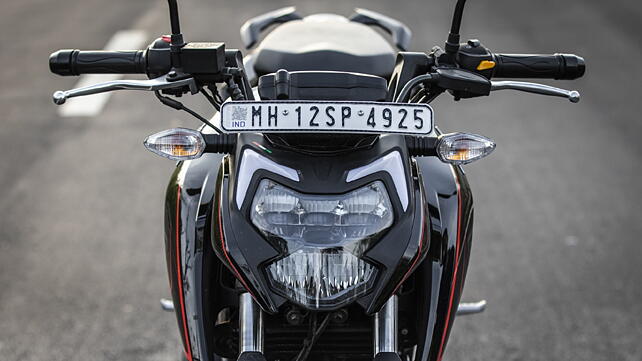
In terms of features, both bikes have their own positives and negatives. Honda has bestowed the Hornet 2.0 with full-LED lighting system whereas the Apache misses out on LED turn indicators. However, the Apache makes up for it by offering a Bluetooth-enabled, fully-digital instrument cluster which is loaded with data. It also gets a unique GTT (glide through traffic) system which aids in smooth slow-speed riding through traffic. Although the Hornet doesn’t get Bluetooth-connectivity, it incorporates a negative LCD dash which looks slightly fancier and the switchgear comprises of a hazard light switch.
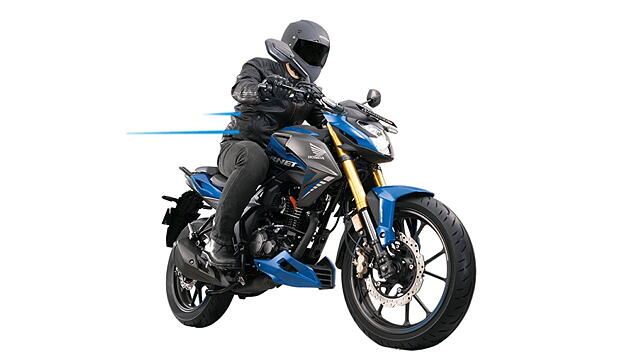
Engine
In the engine department, the Apache clearly outdoes the Hornet, at least on paper. Powering the former is a 197.75cc, single-cylinder, oil-cooled motor which churns out 19.9bhp and 16.8Nm. The Hornet, meanwhile, features a smaller 184.4cc, air-cooled mill which produces 17.03bhp and 16.1Nm. Both bikes get a five-speed gearbox.
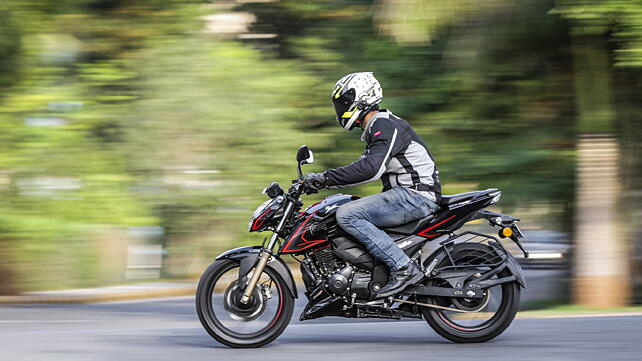
In spite of the Apache being more powerful on paper, the real-world performance can only be judged after riding them back to back. Notably, the Hornet weighs in at 142kg which makes it 11kg lighter than the Apache and that might give the former an edge over the latter in terms of acceleration.
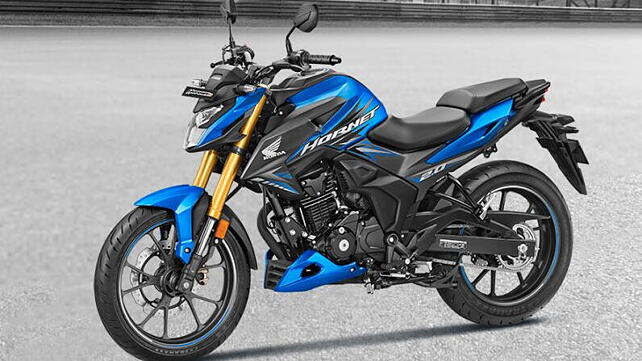
Cycle Parts
The Apache RTR 200 4V is underpinned by a double cradle frame which is suspended by telescopic forks and a monoshock. Braking is handled by a 270mm disc up front and a 240mm disc at the back assisted by dual-channel ABS. Now, the Hornet is based on a diamond type frame accompanied by more premium upside down forks and a monoshock. Stopping power comes from a 276-220mm disc combination but it does away with a single-channel ABS.
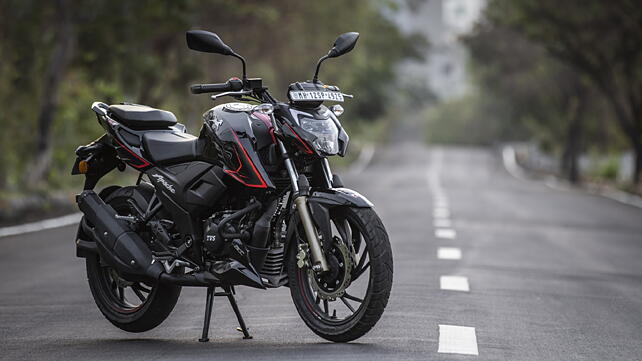
Pricing
Honda has priced the Hornet 2.0 at Rs 1,26,921 which makes it slightly more affordable than the TVS Apache RTR 200 4V which costs Rs 1,28,550 (both prices are ex-showroom, Delhi).
The Honda Hornet 2.0 is the brand’s first offering in the 180-200cc segment in India. The motorcycle is a replacement to the CB Hornet 160R in the country and faces stiff competition from the very popular TVS Apache RTR 200 4V. In case you’re planning to buy one of these but are confused between the two, we help you out by comparing the Hornet 2.0 and Apache RTR 200 4V on paper.

Design and Features
The CB Hornet 160R sported a muscular styling and the new Hornet 2.0 is an evolution of that. With a geometric headlamp design, muscular fuel tank with sharp extensions, a stubby tail and chunky wheels, this Honda certainly brings more aesthetic drama to the table. Meanwhile, the styling of the Apache RTR 200 4V is also fairly new as it had received a cosmetic makeover last year. Similar to the Hornet, this too sports a radical-looking headlamp which blends well with the rest of the body panels which are sleek and sporty.

In terms of features, both bikes have their own positives and negatives. Honda has bestowed the Hornet 2.0 with full-LED lighting system whereas the Apache misses out on LED turn indicators. However, the Apache makes up for it by offering a Bluetooth-enabled, fully-digital instrument cluster which is loaded with data. It also gets a unique GTT (glide through traffic) system which aids in smooth slow-speed riding through traffic. Although the Hornet doesn’t get Bluetooth-connectivity, it incorporates a negative LCD dash which looks slightly fancier and the switchgear comprises of a hazard light switch.

Engine
In the engine department, the Apache clearly outdoes the Hornet, at least on paper. Powering the former is a 197.75cc, single-cylinder, oil-cooled motor which churns out 19.9bhp and 16.8Nm. The Hornet, meanwhile, features a smaller 184.4cc, air-cooled mill which produces 17.03bhp and 16.1Nm. Both bikes get a five-speed gearbox.

In spite of the Apache being more powerful on paper, the real-world performance can only be judged after riding them back to back. Notably, the Hornet weighs in at 142kg which makes it 11kg lighter than the Apache and that might give the former an edge over the latter in terms of acceleration.

Cycle Parts
The Apache RTR 200 4V is underpinned by a double cradle frame which is suspended by telescopic forks and a monoshock. Braking is handled by a 270mm disc up front and a 240mm disc at the back assisted by dual-channel ABS. Now, the Hornet is based on a diamond type frame accompanied by more premium upside down forks and a monoshock. Stopping power comes from a 276-220mm disc combination but it does away with a single-channel ABS.

Pricing
Honda has priced the Hornet 2.0 at Rs 1,26,921 which makes it slightly more affordable than the TVS Apache RTR 200 4V which costs Rs 1,28,550 (both prices are ex-showroom, Delhi).

